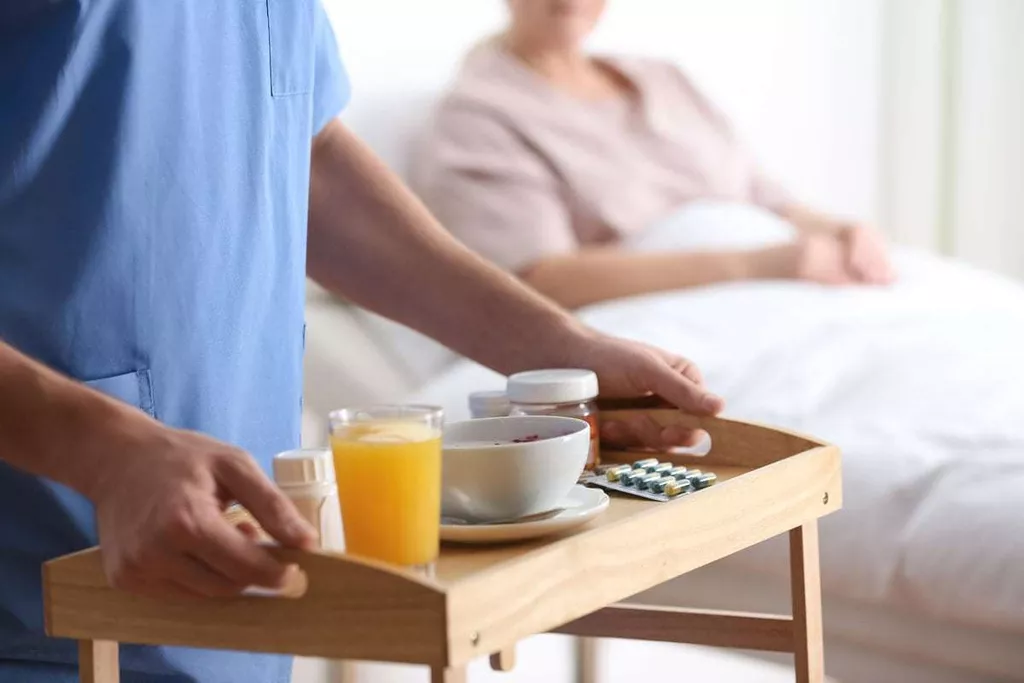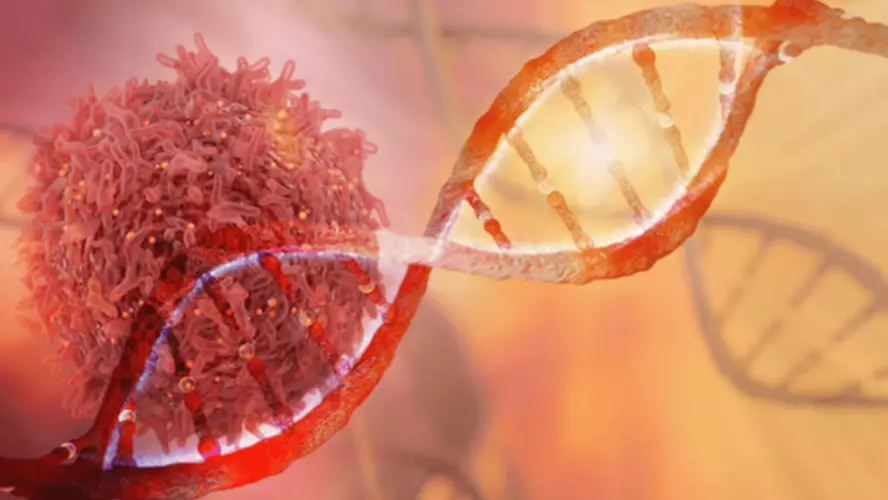Content
Both disrupt the normal, healthy functioning of an organ in the body, both have serious harmful effects, and both are, in many cases, preventable and treatable. Both alcohol-related dementia and WKS are examples of alcohol-related https://ecosoberhouse.com/ brain damage (ARBD). These brain disorders are caused by regularly drinking to excess, or binge drinking, over the years. Other forms of ARBD include alcohol-related stroke and alcohol-induced traumatic brain injury.
- Unlike in other parts of the body, some nerve cells (particularly those in the frontal cortex and cerebellum) are not replaced once destroyed.
- When a person first starts using drugs, the brain tries to maintain a balance.
- Sleep fragmentation reflects awakenings or switching from a deeper to a lighter stage of sleep, and is measured by the number of switches from one stage of sleep to another, the number of awakenings, and the time spent awake after sleep onset.
- Chronic drug use or abuse can cause irreversible changes in the brain’s structure and function, making it difficult for individuals to recover completely.
- Cravings and emotional and physical withdrawal symptoms can be significant; with some drugs, they may be dangerous or even life-threatening.
This learning process is essential to encouraging necessary body activities, like eating and sex, that are needed for survival. The good news is that it’s possible to receive both effective and safe treatment for addiction. Both medication and therapy have been very successful in treating substance use disorders.
Truth: Addiction Is Not a Choice That Someone Can Just Get Over or Stop Doing
When we’re repeatedly exposed to pleasure-producing stimuli — social media, sugar, alcohol or any number of readily-available substances — our bodies adjust. Then we need more on repeated use, just to feel a the marginal pleasure boost – and, eventually, just to feel “normal.” Additionally, medications are used to help people detoxify from drugs, although detoxification is not the same as treatment and is not sufficient to help a person recover. Detoxification alone without subsequent treatment generally leads to resumption of drug use. Short-term use will produce the same reward and pleasure for almost everyone, but the difference in short-term users is that functions will return to normal quickly.
- Other 2018 NSDUH statistics show the prevalence of heroin and opioid use in the U.S.
- They affect the neurotransmitters (brain chemicals) and change the neural pathways (circuits).
- This type of therapy focuses on helping individuals develop new skills and strategies for overcoming challenges related to memory loss, impaired judgment, and other cognitive impairments.
- As a result of scientific research, we know that addiction is a medical disorder that affects the brain and changes behavior.
- Unfortunately, this could make someone fall into relapse, knowing they never feel normal again without the drugs.
Although dopamine has a principal function in addiction, it isn’t the only neurotransmitter affected. Serotonin, acetylcholine, and GABA are impacted too, and each can play a role in our addiction. In addition to its job in well-being and warding off depression, serotonin plays a part in forming addictive habits and behavior. For example, a person affected by alcoholism will experience increased cravings for a drink when serotonin levels are low. While these strategies may not fully reverse any damage done by drugs or alcohol, they can help support overall brain health and promote healing over time.
Individualized, evidence based treatment, to fit your needs.
Our approach to addiction medicine combines proven, evidence-based methods with personalized attention and specialized treatment modalities to create a comprehensive spectrum of care. This also likely explains why the long-term effects of cannabis use include an increased risk for physical and mental health problems related to low dopamine levels, including schizophrenia, psychosis, anxiety, depression, and Parkinson’s disease. Buprenorphine was FDA approved as a pharmacotherapy for opioid use disorders in 2002.
Addiction is a chronic disease that changes both brain structure and function, currently affecting the lives of nearly 10% of adults in the United States. But, the full scope of marijuana’s short- and long-term impairments and its effects on development is not yet understood, with research ongoing. Several studies of PSG-measured sleep report increased SWS [25, 75], decreased REM sleep [74, 75, 160], and decreased REM density (e.g., number of eye movements during REM sleep) [74, 75]. Certain brain changes can be persistent or permanent, but this can vary widely depending on the type of injury and the substance of abuse. Many substance-related neurological complications or consequences may also be reversible. Behavioral therapies, such as Cognitive Behavioral Therapy (CBT), have been shown to improve brain functioning and connections by modifying negative thoughts and emotions and creating healthier responses to stress.
Addiction Destroys Dreams, We Can Help
Symptoms vary from one individual to another—depending on the level of addiction and the type of drug. Withdrawing from cocaine, for instance, will make you feel depressed, agitated, and tired. Sometimes withdrawal may be fatal—especially if you are in a critical condition. It’s strongly encouraged to reach out to your health care providers if you are considering withdrawing or seeking treatment for addiction. Despite short-term respite, the long-term effects of an addiction are quite detrimental.
In addition to medications and therapy, successful recovery involves rebuilding a meaningful life. This process can be slow and challenging as you rebuild family and social relationships and begin to expand your role in your community. Unfortunately, the process can be difficult for those struggling alcohol and dopamine with homelessness, financial instability, lack of social supports, or limited education. People may start using drugs or alcohol when they are available at school or home. Children raised in a family where others are using drugs or alcohol may be at a higher risk to start using.
The journal Translational Psychiatry published studies that indicate improvement in brain connections in those suffering from paranoid schizophrenia when they were treated with CBT for psychosis. Continued substance use — particularly of alcohol — may lead to irreversible neuron death and overall shrinkage of the brain, making it essential to stop substance use as soon as possible to preserve the most brain function. NIDAMED – A collection of resources for health professionals on the causes and consequences of drug use and addiction, and advances in pain management. For more information on drugs and the brain, order NIDA’s Teaching Packets or the Mind Matters series at /parent-teacher.html. Pleasurable experience, a burst of dopamine signals that something important is happening that needs to be remembered.

In the beginning, however, it is typically best to start with moderate-intensity activity because the body has been so depleted for so long during active addiction. Once you begin to get your strength and stamina back, it’s crucial to find one or more forms of exercise that you genuinely enjoy to ensure the positive habit feels more natural to sustain. Many people find adding a social element to their exercise activities offers extra incentive to stick to it. Taking a dance class, going on group hikes or participating in team sports are all examples of social physical activity.
Signs of a Heart Problem If You’re Using Alcohol or Drugs
GA performed the initial literature review and drafted the introduction and alcohol sections and coordinated the work of NE and SH. PM oversaw the work of the other authors and re-worked the manuscript into its final form, contributing to each section. Subjective and/or objective sleep parameters have been shown to improve with the use of zolpidem [195], mirtazapine [93], gabapentin [135], and quetiapine [57], but none of these agents have conclusively reduced the relapse rate. Sleep difficulties appear to be a predisposing factor for cannabis use, and baseline sleep problems are a significant predictor of later cannabis use, doubling the risk of future use [139, 155, 166, 211, 214]. This latter finding has led some to describe cannabis use as “coping oriented use” [21]. The brain is made up of many parts with interconnected circuits that all work together as a team.

Legutóbbi hozzászólások